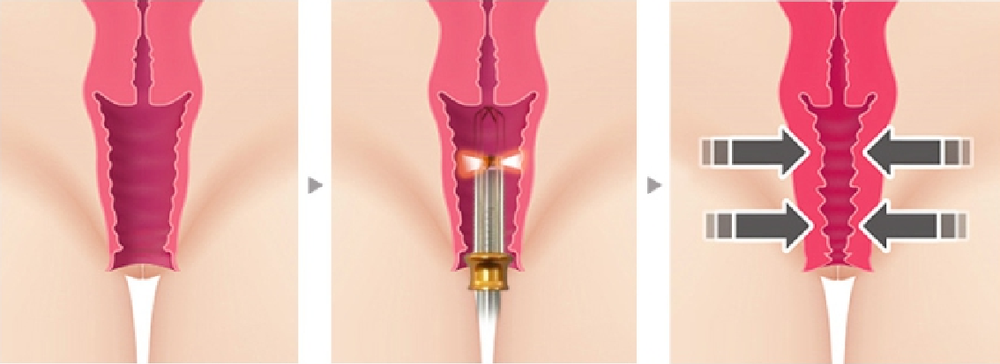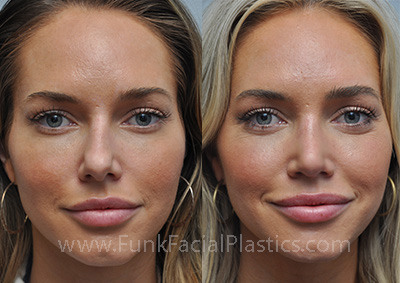
Two options are available for breast surgery. One is to use implants and the other is to do it with her own breast tissue. A doctor can use the lower abdominal wall segment, back muscle or fat of the woman to create new breast tissue. A mastectomy for nipple and skin sparing can be performed by a woman. Both methods can cause scarring. Breast surgery is not for everyone.
Breast reduction surgery
Most breast reduction surgeries can be performed outpatient. Although there may be some swelling or discoloration following the procedure, it will usually disappear within a few days. Sutures and bandages will be removed in a few days and the patient should not resume strenuous activities for about a month. While a breast-reduction procedure can cause some discomfort, your breasts will eventually become more natural. The results of the surgery will be seen six months to a year after the procedure.
Following surgery, the surgeon will make incisions along the natural breast crease. These incisions can be used to remove excess skin or fat. Some women may have their breasts raised. The surgeon will close your incision with either dissolvable external or internal sutures. The surgical recovery period may require an overnight stay. Afterwards, the patient will be released from the hospital. The entire procedure will take between two and five hours.

A mastectomy that is nipple-sparing
An alternative to radiation therapy for breast cancer is a Nipple-sparing mammectomy. This procedure preserves the breasts of the patient while avoiding radiation treatments. This surgery is not for everyone. However, 30% of all new cases will not require radiation treatment following a full breastectomy. This type of surgery is generally a viable option for those with large or small chests.
Although not readily available, this type of surgery has positive results. It preserves the entire envelope of breast skin, including the nipple and the darker circle of skin surrounding it. The NSM is typically followed by a breast reconstruction. While it is not commonly used for mastectomy, it is becoming a more popular option to traditional breast cancer treatments. Its benefits far outweigh any drawbacks.
Mastectomy that saves skin
A skin-sparing mastectomy is a surgical procedure in which all of the breast skin, excluding the nipple and areola, is preserved. This allows for breast reconstruction without scarring. The surgeon will then use a flap, or an implant to replace the volume. There are two types. The TRAM and Latissimus versions of skin-sparing breastectomy. Each uses tissues and muscles from the body to reconstruct breasts.
There are several benefits to skin-sparing mammectomy, including preservation of the native and inframammary skin envelopes. The cosmetic results of a breast reconstruction are improved by the preservation of the native skin and inframammaryfold. This procedure also eliminates the need of contralateral symmetrizing. However, skin-sparing matectomies come with a variety of risks.

Modified radical mastectomy
Modified radical mastectomy can be a safer option than a full-thickness mastectomy. Modified radical mastectomy does not remove the entire breast. This type of surgery also preserves breast tissue. Not all surgeons are qualified to perform these types of procedures. Before deciding on which procedure to have, you should consult your doctor.
Most hospitals have adopted a traditional, modified radical mastectomy. However, it is not widely used. Traditional modified radical mastectomy techniques focus on protecting the intercostobrachial and anterior thoracic nervous systems. The goal is to preserve the nerves for their pure sensory functions. These techniques can be compared to those of Halsted Meyer, Patey and Meyer. One such approach was described by Moore61 in 1867.